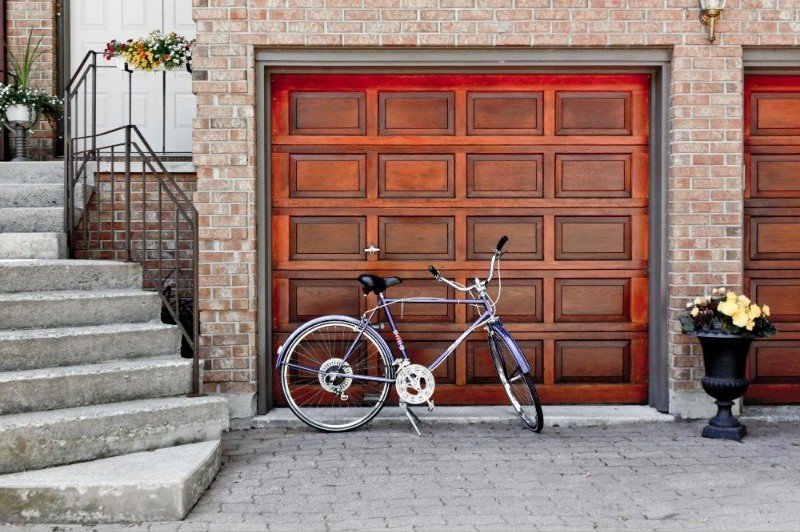How to Dim a Light Bulb Without a Dimmer: Easy Solutions for Mood Lighting
Learn how to dim a light bulb without a dimmer with these easy solutions, perfect for creating mood lighting in any room without the need for complicated installations.
We've all been there: wanting to create a cozy, relaxed atmosphere without the harsh brightness of a light bulb. But what if you don't have a built-in dimmer switch? Don't worry! We'll explore how to dim a light bulb without a dimmer and look at various methods you can easily try at home.
Why Would You Need to Dim a Light Bulb Without a Dimmer?
There are several reasons why you might want to dim a light bulb without installing a dimmer switch:
Cost and Effort: Installing a traditional dimmer switch can be both expensive and time-consuming.
Living Situations: If you live in a rental property, making electrical changes might not be an option.
Versatility: Sometimes, you only need dim lighting occasionally and prefer not to make permanent adjustments.
Method 1: Using a Lower Wattage Bulb
Benefits of Lower Wattage Bulbs
One of the simplest ways to dim your lighting is by switching to a lower wattage bulb.
Energy Savings: Lower wattage bulbs consume less electricity.
Ease of Installation: Simply replace the existing bulb with a lower wattage option.
Cost-Effective: They are usually cheaper than other dimming solutions.
Installation Steps
Determine the desired brightness level.
Purchase a lower wattage bulb appropriate for your fixture.
Replace the current bulb with the lower wattage bulb.
Method 2: Installing a Plug-In Dimmer
Advantages of Plug-In Dimmers
Plug-in dimmers offer a convenient way to control light levels:
Portability: Easily move them from one room to another.
No Electrical Work: No need to rewire your fixtures.
Remote Control Options: Some models come with remote controls for added convenience.
How to Install
Purchase a Compatible Plug-In Dimmer: Ensure it supports the type of bulb you are using.
Plug the Dimmer Into an Outlet: Connect it to a standard electrical outlet.
Plug Your Lamp into the Dimmer: Adjust the settings to your desired brightness.
Method 3: Using LED Smart Bulbs
Features of LED Smart Bulbs
LED smart bulbs are an excellent modern solution:
App Control: Adjust brightness using your smartphone.
Voice Control: Many support voice assistants like Google Home or Alexa.
Energy Efficient: LED bulbs are more efficient than traditional incandescent bulbs.
Setup Process
Purchase an LED smart bulb compatible with your home system.
Install the bulb in your fixture.
Connect it to your home Wi-Fi network using the manufacturer’s app.
Use the app or voice commands to dim the light.
Method 4: Applying Light Bulb Filters
Benefits of Light Bulb Filters
Light bulb filters can change the intensity and color of the light:
Versatile: Available in different colors and shades.
Inexpensive: Generally cost less than smart bulbs.
Easy to Use: Simple application process.
Application Steps
Purchase light bulb filters or light-diffusing materials.
Cut the filter material to size for your bulb or fixture.
Attach the filter to the bulb using clips or adhesive tape.
Method 5: DIY Methods
Creative DIY Solutions
For those who love a DIY approach, several innovative methods exist:
Using Household Items
Paper or Fabric Shades: Use translucent paper or light fabric to make a self-adhesive shade.
Lampshade Liners: Line the inside of a lampshade with tracing paper for softer light.
Dimming Through Positioning
Lamp Placement: Move your lamp behind furniture or plants to diffuse light.
Reflective Surfaces: Position lamps to reflect light off walls or ceilings for a subtle glow.
Pros and Cons of Each Method
Lower Wattage Bulbs
Pros: Simple, cost-effective, energy-efficient
Cons: Limited brightness control, not adjustable
Plug-In Dimmers
Pros: Easy to use, portable, no rewiring
Cons: May not work with all bulb types, added clutter
LED Smart Bulbs
Pros: Advanced control options, energy-efficient, versatile
Cons: Higher initial cost, requires Wi-Fi
Light Bulb Filters
Pros: Inexpensive, customizable
Cons: Temporary solution, may reduce bulb life
DIY Methods
Pros: Creative, low-cost, customizable
Cons: Less reliable, variable results
Conclusion
Dimming a light bulb without a built-in dimmer is not only possible but can also be done in various affordable and innovative ways. Whether you opt for a lower wattage bulb, a plug-in dimmer, a smart LED bulb, light filters, or a DIY solution, you can achieve the perfect lighting for any mood or setting. By understanding how to dim a light bulb without a dimmer, you can make your home more comfortable and inviting. If you have any questions or additional tips, feel free to share them in the comments below!






























